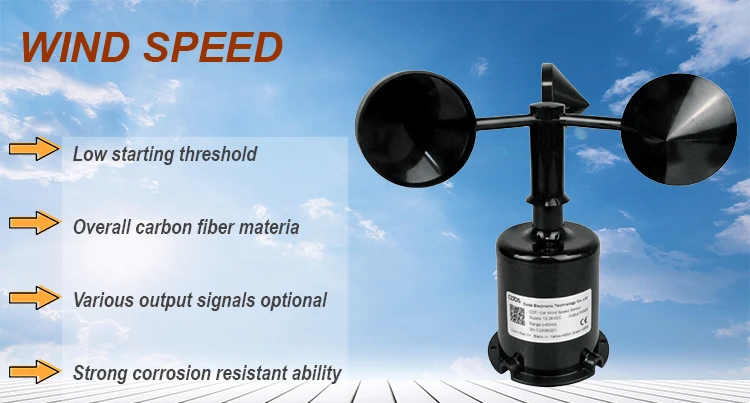
html
Wind Speed Measuring Instruments: Types and Applications
Measuring wind speed is essential in various fields, from meteorology to aviation and renewable energy. Accurate wind speed data helps in weather forecasting, flight safety, and optimizing wind turbine performance. Several instruments are designed specifically for this purpose, each with unique features and applications.
Types of Wind Speed Measuring Instruments
1. Anemometers
Anemometers are the most common instruments used to measure wind speed. They come in different types, including:
- Cup Anemometers: These consist of three or four cups mounted on horizontal arms. As wind blows, the cups rotate, and the speed is calculated based on the rotation rate.
- Vane Anemometers: These combine a propeller with a tail vane to measure both wind speed and direction.
- Hot-Wire Anemometers: These use a heated wire, and the cooling effect of the wind is measured to determine speed. They are highly sensitive and used in research.
2. Wind Vanes
While primarily used to measure wind direction, wind vanes often work in tandem with anemometers to provide comprehensive wind data. They consist of a rotating arrow or fin that aligns with the wind direction.
3. Sonic Anemometers
Sonic anemometers use ultrasonic sound waves to measure wind speed and direction. They are highly accurate and are often used in meteorological research and turbulence studies.
4. Pitot Tubes
Pitot tubes measure wind speed by comparing static and dynamic air pressure. They are commonly used in aviation to determine aircraft speed relative to the surrounding air.
Applications of Wind Speed Instruments
1. Meteorology
Weather stations rely on anemometers and wind vanes to collect data for weather forecasts and climate studies. Accurate wind speed measurements help predict storms and other weather phenomena.
2. Aviation
Pilots use wind speed data to ensure safe takeoffs, landings, and flight paths. Airports often have multiple wind sensors to monitor changing conditions.
3. Renewable Energy
Wind farms use anemometers to assess wind resources and optimize turbine placement. Consistent wind speed measurements are critical for maximizing energy production.
4. Construction and Engineering
Engineers measure wind speed to assess structural loads on buildings, bridges, and towers. High winds can impact safety and stability, making accurate measurements vital.
Conclusion
Wind speed measuring instruments play a crucial role in many industries, from weather forecasting to energy production. Choosing the right instrument depends on the specific application and required accuracy. Whether using a simple cup anemometer or a sophisticated sonic sensor, reliable wind speed data is indispensable for safety, efficiency, and research.
Keyword: measure wind speed instrument
